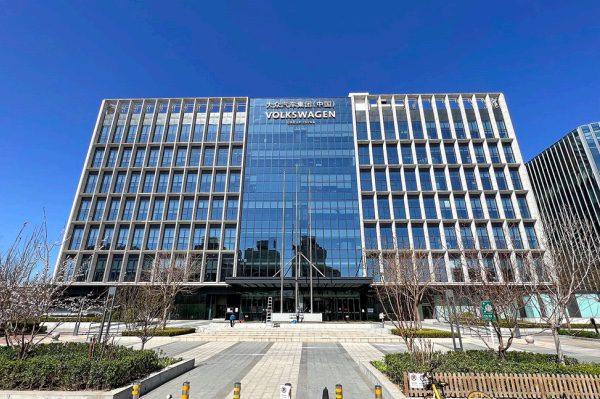
An Assessment of the Audit of Volkswagen’s Controversial Factory in Xinjiang
The Xinjiang Uyghur Autonomous Region (XUAR) of the People’s Republic of China (PRC) operates the world’s largest contemporary system of forced labor, with up to 2.5 million ethnic persons at risk of coerced work through so-called “labor transfers,” a form of state-mandated work (Central Asian Survey, 2023; China Brief, February 14). This follows government policies that interned an estimated 1–2 million Uyghurs and other ethnic group members in re-education camps starting in 2017 (ChinaFile, 2022). In 2024, the International Labour Organization (ILO) updated its measurement guidelines, defining “labor transfer schemes” targeting ethnic minorities as a form of state-imposed forced labor (China Brief, April 14).
Since 2013, Germany’s Volkswagen Group has operated a joint venture factory in Urumqi, the region’s capital, together with Shanghai-based SAIC Motor Corporation (上汽集团). Following criticism over its continued presence in a region witnessing mass arbitrary detention and mass forced labor, in June 2023, Volkswagen promised an independent audit of the factory (Financial Times, June 21, 2023). The company did not publish the audit report, however. In a one-page statement published in December 2023, it claimed instead that the audit found “no indication of any human rights violations or wider issues around working conditions” (Volkswagen, December 5, 2023).
In August 2024, the advocacy organization Campaign for Uyghurs (CFU) received anonymous mail containing a copy of the full audit report prepared by the Chinese law firm Liangma Law (广东良马律师事务所) (Liangma, accessed August 20). Analysis of the audit report finds that:
- Volkswagen’s statements about the audit are misleading or false.
- Liangma’s claim that the audit “assessed compliance with the Social Accountability 8000 (SA8000) standard” is contradicted by the report itself.
- Publicly available information suggests that the persons in Liangma’s auditing team had no substantial prior expertise in conducting a social audit or an SA8000.
- The audit’s methodology and scope are unsuited to meaningfully assess the presence or absence of forced labor at the factory.
All entities and persons named in this report received a detailed list of questions about the audit, their roles in it, and their personal backgrounds. None replied except Volkswagen, which told me that it did not want to answer questions. In short, none of them chose to dispute the authenticity of the audit document or the veracity of key arguments made in this report. Shortly before publication of this report, Mr. Greenwood, the audit team’s most senior member, removed all references to Liangma from his LinkedIn profile and deleted his biography.
This report discusses Volkswagen’s presence in Xinjiang, reviews the authenticity of the leaked Liangma audit document, assesses Liangma’s connections to the Chinese Communist Party (CCP), scrutinizes the identities and expertise of the individuals involved in the Liangma audit, and reviews the audit’s methodology, validity, and deviations from the SA8000 standard. It is supported by an expert assessment prepared for the author by Judy Gearhart, a professor at American University (AU), who also peer-reviewed this report (AU, accessed August 20). She served for twelve years as programs director at Social Accountability International (SAI), the entity behind the SA8000 standard, and was involved in developing the SA8000. Professor Gearhart points out that the standard itself was not designed to assess state-imposed forced labor. Experts have testified that factory audits are generally unable to identify this form of coerced work (see, e.g., CECC, April 30).
